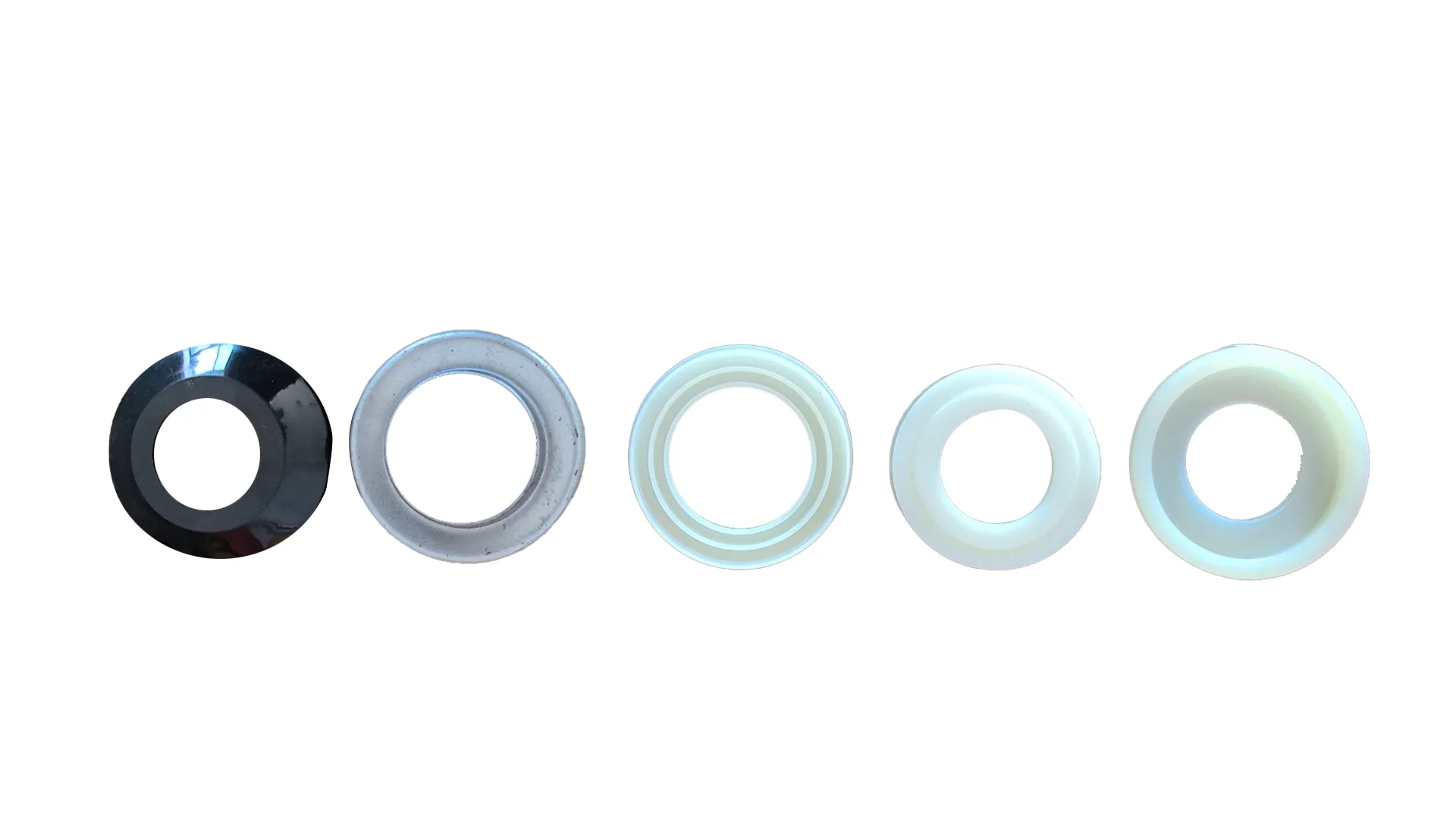 Afrikaans
Afrikaans  Albanian
Albanian  Amharic
Amharic  Arabic
Arabic  Armenian
Armenian  Azerbaijani
Azerbaijani  Basque
Basque  Belarusian
Belarusian  Bengali
Bengali  Bosnian
Bosnian  Bulgarian
Bulgarian  Catalan
Catalan  Cebuano
Cebuano  Corsican
Corsican  Croatian
Croatian  Czech
Czech  Danish
Danish  Dutch
Dutch  English
English  Esperanto
Esperanto  Estonian
Estonian  Finnish
Finnish  French
French  Frisian
Frisian  Galician
Galician  Georgian
Georgian  German
German  Greek
Greek  Gujarati
Gujarati  Haitian Creole
Haitian Creole  hausa
hausa  hawaiian
hawaiian  Hebrew
Hebrew  Hindi
Hindi  Miao
Miao  Hungarian
Hungarian  Icelandic
Icelandic  igbo
igbo  Indonesian
Indonesian  irish
irish  Italian
Italian  Japanese
Japanese  Javanese
Javanese  Kannada
Kannada  kazakh
kazakh  Khmer
Khmer  Rwandese
Rwandese  Korean
Korean  Kurdish
Kurdish  Kyrgyz
Kyrgyz  Lao
Lao  Latin
Latin  Latvian
Latvian  Lithuanian
Lithuanian  Luxembourgish
Luxembourgish  Macedonian
Macedonian  Malgashi
Malgashi  Malay
Malay  Malayalam
Malayalam  Maltese
Maltese  Maori
Maori  Marathi
Marathi  Mongolian
Mongolian  Myanmar
Myanmar  Nepali
Nepali  Norwegian
Norwegian  Norwegian
Norwegian  Occitan
Occitan  Pashto
Pashto  Persian
Persian  Polish
Polish  Portuguese
Portuguese  Punjabi
Punjabi  Romanian
Romanian  Russian
Russian  Samoan
Samoan  Scottish Gaelic
Scottish Gaelic  Serbian
Serbian  Sesotho
Sesotho  Shona
Shona  Sindhi
Sindhi  Sinhala
Sinhala  Slovak
Slovak  Slovenian
Slovenian  Somali
Somali  Spanish
Spanish  Sundanese
Sundanese  Swahili
Swahili  Swedish
Swedish  Tagalog
Tagalog  Tajik
Tajik  Tamil
Tamil  Tatar
Tatar  Telugu
Telugu  Thai
Thai  Turkish
Turkish  Turkmen
Turkmen  Ukrainian
Ukrainian  Urdu
Urdu  Uighur
Uighur  Uzbek
Uzbek  Vietnamese
Vietnamese  Welsh
Welsh  Bantu
Bantu  Yiddish
Yiddish  Yoruba
Yoruba  Zulu
Zulu Impact Bed Conveyor - Reliable Conveyor Solutions for Efficient Material Handling
Impact Bed Conveyors Revolutionizing Material Handling
In the rapidly evolving world of industrial automation and material handling, impact bed conveyors are gaining prominence for their efficiency and effectiveness. These conveyors are designed to minimize material impact during transfers, thereby reducing wear and tear on both the material and the equipment itself. This article explores the key features, benefits, and applications of impact bed conveyors.
What are Impact Bed Conveyors?
Impact bed conveyors are specialized conveyor systems equipped with a bed that absorbs the energy of materials as they are transferred. The bed, typically made from a combination of rubber and metal, provides a cushioning effect that protects the conveyor and the material being transported. This design is particularly beneficial for handling heavy or abrasive materials, as the impact bed can significantly reduce the damage caused by falling objects.
Key Features and Benefits
One of the primary advantages of impact bed conveyors is their ability to extend the lifespan of the conveyor system. Traditional conveyors can suffer from excessive wear, especially at points where materials drop or shift. This not only increases maintenance costs but also leads to unscheduled downtime. Impact beds help mitigate these issues by evenly distributing the impact energy across a larger surface area, thereby reducing localized wear.
Another noteworthy feature of impact bed conveyors is their versatility. They can be customized to accommodate a wide range of materials, including bulk materials like aggregates, grains, and chemicals. This makes them an ideal choice for industries such as mining, construction, and agriculture, where the type of material handled can vary significantly.
impact bed conveyor

Furthermore, impact bed conveyors facilitate better operational safety. By providing a stable surface for material transfer, they minimize the risk of spillage, which can lead to hazardous working conditions. Additionally, with less wear and damage, the chances of conveyor failure reduce, creating a safer work environment for employees.
Applications
Impact bed conveyors are used in various applications across multiple industries. In mining operations, for instance, they are employed to transport coal, minerals, and other bulk materials. The cushioning effect of the impact bed reduces the potential for breakage, allowing for the efficient transportation of these materials without significant loss.
In food processing, impact bed conveyors are utilized to handle fragile products such as fruits and vegetables. The gentle transfer provided by the impact bed ensures that these products arrive at their destination without bruising or damage. Similarly, in the recycling industry, impact bed conveyors assist in the efficient handling of recyclable materials, protecting the integrity of the items being processed.
Conclusion
In conclusion, impact bed conveyors represent a significant advancement in material handling technology. Their ability to reduce wear and tear on equipment, enhance operational safety, and accommodate a variety of materials makes them an invaluable asset in numerous industries. As businesses continue to seek more efficient and sustainable solutions for material handling, the popularity of impact bed conveyors is likely to rise, cementing their place as a cornerstone of modern industrial operations. By investing in such technology, companies can not only improve their operational efficiency but also contribute to a safer work environment.
-
Revolutionizing Conveyor Reliability with Advanced Rubber Lagging PulleysNewsJul.22,2025
-
Powering Precision and Durability with Expert Manufacturers of Conveyor ComponentsNewsJul.22,2025
-
Optimizing Conveyor Systems with Advanced Conveyor AccessoriesNewsJul.22,2025
-
Maximize Conveyor Efficiency with Quality Conveyor Idler PulleysNewsJul.22,2025
-
Future-Proof Your Conveyor System with High-Performance Polyurethane RollerNewsJul.22,2025
-
Driving Efficiency Forward with Quality Idlers and RollersNewsJul.22,2025





























